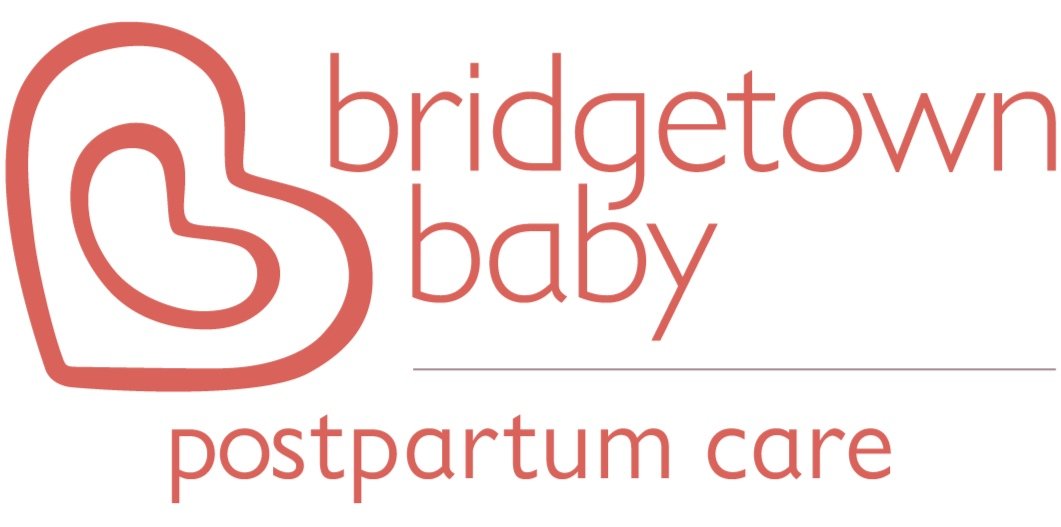Paced Bottle Feeding: What, Why, and How?
If you’re a new parent who’s incorporating bottles into your feeding relationship with your little one/s - or if you’re doing your prenatal research - you may have heard the term paced bottle feeding. You may have been coached on ideas like holding the bottle in a horizontal position, or even taking the nipple out of the baby’s mouth periodically during the feeding. However, the way our parents’ generation bottle fed their babies, and the common portrayals of bottle feeding a baby in movies and other media looks different. What does it all mean!? And why is paced, or responsive, feeding important?
What is Responsive (Paced) Bottle Feeding?
Historically called paced bottle feeding, this technique got its name because the adult is managing the pace of the milk flow based on the baby’s readiness for more or less milk. This helps baby to remain an active participant in the feeding, rather than become accustomed to (or even prefer) a passive feeding that requires little to no effort to transfer the milk. This flow preference is a common and difficult issue to overcome, and is probably the true circumstance behind the idea of “nipple confusion.”
We are moving toward the newer, more reflective, term responsive feeding because this technique is a way of offering food to your baby that puts the baby in control of how much they eat, and how quickly they eat. It is responsive to the natural rhythms a baby would have while breast or chest feeding. And it sets you, or other caregivers, up to be mindful and responsive to your baby’s cues for hunger or fullness, helping them to get just the right amount.
What does Responsive Feeding Look Like?
When you’re feeding responsively, it means you will be watching your baby’s facial expressions and body language and adjusting the rate of milk flow according to their cues. Most importantly, this reduces stress during feedings and helps your baby manage sucking and swallowing to protect their airway while drinking. Additionally, this helps teach or preserve a baby’s latching and nursing skills, and prevents confusion when they go back and forth between bottle and nursing. And it gives caregivers and babies time to be in touch, attuned to each other, and enjoy feeding as a time for connection.
Should I Use Responsive Feeding if My Baby Eats Formula?
Responsive feeding has benefits for infants and their caregivers whether babies are drinking human milk or any other suitable infant milk!
How to do paced/responsive bottle feeding
Start with your baby positioned somewhat upright, usually supported in your arms close to your body. You can try for about a 45 degree angle from baby’s shoulder to their hips, and make sure your own back and arms are also well-supported.
Gently rest the bottle nipple on your baby’s upper lip, and wait for them to open their mouth to latch (rather than simply inserting the nipple into their mouth).
Start with the bottle tipped so that the milk won’t immediately start flowing. Once baby starts sucking on the nipple, respond by adjusting the angle to deliver the milk.
Your goal is to hold the bottle angle so that the nipple is half full of milk and half full of air. This ensures that the milk won’t be passively flowing into your baby’s mouth, but that when they suck and compress the nipple, the milk will be delivered into their mouth without too much effort.
Babies naturally take breaks while nursing, and also while feeding from a bottle. When your baby takes a breathing break, tip the base of the bottle downward to stop the milk flow; when they start sucking again, re-adjust it so that the nipple is half full of milk again.
If you notice your baby is leaking milk from their mouth, or their eyes are wide open in an expression of surprise, the flow is probably too fast. Respond by adjusting the angle of the bottle to slow or pause the flow and give your baby a break.
You’ll be watching your baby more than watching the clock when using this method. However, you can expect your baby (under 12 weeks of age) to take 5 to 7 minutes per 1oz (30ml) of milk using this method. This means it would take approximately 10-15 minutes to feed 2oz (60ml), or 15-20 minutes to feed 3oz (90ml) using the paced bottle technique.
Paced and responsive feeding style is best used until baby starts feeding themselves, and at that time we would recommend switching from bottle to a cup.
The Most FAQ: What about swallowing air with the paced feeding method?
A concern for many parents when they first learn about this method is gas. Many of us have been taught that if a baby swallows air, they will have gas. More recent evidence has indicated this is less of a problem than we previously thought. Think about the difference between drinking from a glass of water or chugging/gulping down a bottle of water. When we gulp, we breathe in through our nose and then swallow so rapidly it pushes the air deep down so that it can be difficult or uncomfortable to burp. When we drink more slowly, we have time to breathe air out of our nose before swallowing. Or, if we do swallow some air, it is easily burped out. This teaches us that babies can manage the air in the bottle nipple if they have time to drink slowly.
This is one of our favorite videos for demonstrating paced/responsive feeding.
Our lactation team at Bridgetown Baby supports families throughout the feeding journey, from prenatal education about feeding your baby and in-home or virtual consultations once baby has arrived, to support with introducing solids or weaning from breast or chest feeding. Our feeding warmline (feeding@bridgetownbaby.com) is a great starting point to have your questions answered and get the support you need for a thriving feeding relationship.

